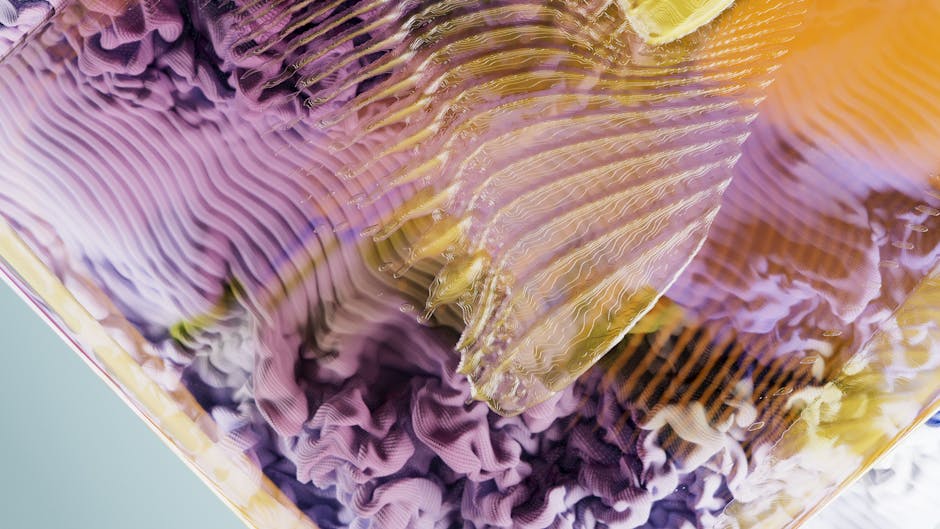AI Art’s Impact on the Creative Landscape: A 2025 Perspective
By [Your Name], Reuters
The rapid proliferation of artificial intelligence (AI) art generators in 2025 has ignited a fierce debate within the artistic community, pitting traditional methods against technological innovation. While some embrace AI as a new tool, others express concerns about its impact on originality, copyright, and the very definition of art. This ongoing dialogue shapes the evolving landscape of creative expression in the digital age.
The Rise of AI Art Generators: A Technological Revolution
2025 witnesses an unprecedented surge in the accessibility and sophistication of AI art generators. Platforms like Midjourney, Stable Diffusion, and Dall-E 2 have moved beyond niche applications, becoming readily available tools for both amateur and professional artists. This accessibility has democratized art creation to a degree never before seen, allowing individuals without traditional artistic training to produce visually compelling images. The ease of use, however, has also raised critical questions about authorship, originality, and the future of artistic practice.
The Democratization of Art Creation
This accessibility has undeniable benefits. Aspiring artists, previously constrained by lack of skill or resources, now have tools to express their creativity. Educators are exploring AI’s potential for teaching art, focusing on conceptual development and artistic vision rather than technical skill. However, this shift also necessitates a reevaluation of established artistic methodologies and the criteria by which artistic merit is judged. The implications of this democratization are complex and far-reaching, prompting significant debate within the art world and beyond.
Artist Perspectives: A Spectrum of Opinions
Reactions to AI art generators within the artistic community are diverse and often passionate. Many established artists express concerns about the potential devaluation of their skills and the erosion of traditional artistic practices. Others see AI as a collaborative tool, a new medium for artistic expression, and a catalyst for innovation. This dichotomy highlights the complex and multifaceted relationship between humans and technology in the creative process.
Concerns over Copyright and Ownership
The issue of copyright and ownership of AI-generated art remains a significant legal and ethical grey area in 2025. While some platforms claim ownership of the generated images, others are grappling with the question of authorship when human input is combined with AI algorithms. This legal ambiguity creates uncertainty for artists who utilize AI tools, hindering their ability to commercially exploit their creations and protect their intellectual property. The lack of clear legal frameworks will likely continue to fuel debate and litigation throughout 2025 and beyond.
The Economic Impact: Challenges and Opportunities
The rise of AI art generators has significant economic implications for artists and the broader creative industries. Some artists find new income streams through AI-generated art sales and commissions. Others worry about their livelihoods as the demand for traditional art forms potentially declines. This economic disruption compels artists to adapt and embrace new business models.
Shifting Economic Models for Artists
The rise of AI art necessitates a re-evaluation of traditional artist compensation models. Micro-transactions, NFT marketplaces, and subscription services are emerging as alternative revenue streams. Furthermore, the demand for AI art prompts a need for new skillsets among artists, including expertise in prompt engineering, AI art curation, and post-processing. This adaptability is crucial for artists to navigate the changing economic landscape successfully.
AI Art and the Future of Creativity: A Look Ahead
Predicting the long-term impact of AI art generators on artistic creation and the art market is challenging. However, several key trends suggest a future where human and artificial intelligence will increasingly collaborate. The integration of AI tools within existing artistic workflows appears likely to become increasingly common, expanding the creative possibilities for both novice and experienced artists.
Key Trends Shaping the Future of AI Art:
- Increased Collaboration: AI will be increasingly used as a creative partner, rather than a replacement for human artists.
- New Artistic Styles: AI will foster the development of entirely new styles and forms of artistic expression.
- Shifting Copyright Laws: Legal frameworks will likely evolve to address the unique challenges posed by AI-generated art.
- Heightened Emphasis on Conceptualization: Artists may shift their focus towards conceptualization and artistic direction, leveraging AI for execution.
- Ethical Concerns Remain Paramount: Ongoing dialogues on issues like bias in algorithms, and the responsible use of AI in art creation, will continue to shape industry standards.
Conclusion: Navigating the Uncharted Territory
The arrival of AI art generators has ushered in a period of rapid transformation for the art world, a period marked by both excitement and uncertainty. The ongoing debate highlights the need for thoughtful consideration of the ethical, legal, and economic implications of this technology. While AI may challenge traditional notions of artistry and authorship, it simultaneously presents opportunities for creative exploration and innovation. The future of art in the age of AI remains unwritten, but by fostering open dialogue and proactive adaptation, the art community can navigate this uncharted territory effectively, ensuring that both human creativity and technological innovation thrive.

